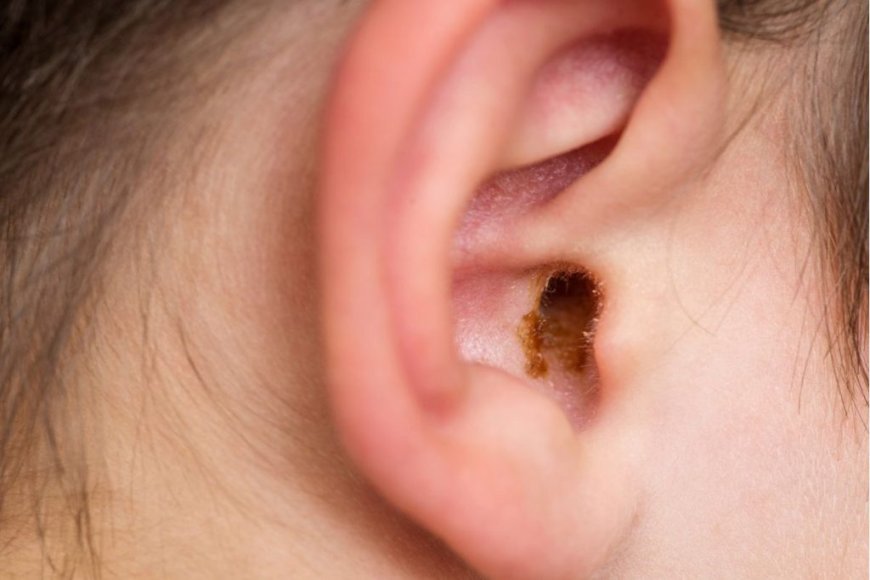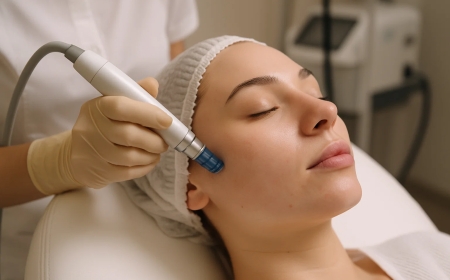Is Pharmacy Earwax Removal Safe? Here’s What You Need to Know
Wondering if pharmacy earwax removal is safe? Learn about the risks, benefits, and when to seek professional help in our expert safety guide.

Earwax plays a useful role in keeping your ears healthy. It traps dust, protects the ear canal, and helps prevent infections. However, when wax builds up too much, it can block hearing and cause discomfort. Thats when people start looking for solutionsand pharmacy earwax removal often tops the list.
Pharmacies now offer a range of options, from at-home kits to in-store earwax removal services. But is this approach safe? Lets break down what happens during these treatments, when to consider them, and what risks may come with them.
Key Takeaways
-
Pharmacy earwax removal is generally safe for mild cases and healthy ears.
-
Over-the-counter drops and irrigation kits can soften and help remove wax.
-
In-pharmacy procedures like microsuction are low-risk when performed by trained staff.
-
Not everyone is a good candidatepeople with ear conditions should see a doctor.
-
Using these methods improperly can lead to pain, infection, or hearing problems.
What Is Pharmacy Earwax Removal?
Pharmacy earwax removal typically involves one of two methods:
-
Over-the-Counter Products: These include ear drops, irrigation kits, and softening agents like hydrogen peroxide or carbamide peroxide.
-
In-Pharmacy Treatments: Some pharmacies offer in-person services such as microsuction or ear irrigation, usually performed by trained staff.
These options aim to clear built-up wax safely without needing a trip to the doctor. But just because something is available at the pharmacy doesnt mean it suits everyone.
How Over-the-Counter Earwax Products Work
Most pharmacy earwax removal products rely on one principle: softening hardened wax so it exits the ear more easily.
-
Ear Drops: These use oils, glycerin, or peroxide-based solutions. You usually place a few drops in the ear, wait a few minutes, then drain the fluid and loosened wax.
-
Irrigation Kits: These involve flushing warm water or saline into the ear to help rinse out the wax.
-
Ear Vacuums and Scoops: Though less common, these mechanical tools claim to remove wax physically. Many doctors caution against them due to the risk of damage if misused.
Your local earwax removal pharmacy can help guide you toward the most suitable product based on your symptoms. Still, these treatments dont work for every situation.
Are In-Pharmacy Earwax Removal Services Safe?
Many pharmacies now offer earwax removal by trained personnel, typically using:
-
Microsuction: A gentle vacuum sucks the wax out while a professional monitors the process with a microscope or camera.
-
Ear Irrigation: A controlled stream of warm water rinses the ear canal.
These procedures usually take less than 30 minutes and dont require a medical appointment. Microsuction tends to be the preferred method because it allows for more precise control and minimal moisture, reducing infection risk.
When performed by trained staff using sterilized equipment, these procedures are generally safe. But like any medical procedure, they come with potential risks if done incorrectly or on the wrong candidates.
Who Should Avoid Pharmacy Earwax Removal?
Pharmacy-based treatments may not suit everyone. You should skip them and speak to a healthcare provider if you:
-
Have a perforated eardrum or ear surgery history
-
Suffer from ear infections or eczema inside the ear canal
-
Use hearing aids
-
Experience pain, bleeding, or sudden hearing loss
-
Are treating children under 12 (unless directed by a pediatrician)
In these situations, even trained staff at a place like Synergy Pharmacy will recommend seeing a doctor instead of proceeding with treatment.
Common Risks and Side Effects
While most pharmacy treatments work well when used correctly, some people may experience issues. These include:
-
Ear Canal Irritation: Overuse of peroxide or excessive flushing can lead to redness or inflammation.
-
Temporary Hearing Changes: Some users notice muffled hearing after using drops or irrigation.
-
Infections: If water stays trapped or tools aren't sterile, bacteria can grow.
-
Dizziness or Discomfort: Water-based treatments may affect the balance organs in the ear, leading to brief dizziness.
To reduce these risks, follow instructions exactly and stop the process if you feel pain or discomfort.
How to Use OTC Earwax Products Safely
If you decide to use an over-the-counter option, take a few precautions:
-
Read the Label Carefully: Each product has different instructions and age recommendations.
-
Use Only as Directed: Dont exceed the suggested number of uses per day or duration.
-
Avoid Probing: Never insert cotton swabs, hairpins, or similar items into the ear canal.
-
Look for Signs of Infection: If your ear hurts, smells bad, or leaks fluid, see a doctor instead of treating it at home.
Pharmacists can answer questions about product use, but they cant diagnose conditions. When in doubt, its safer to check with a healthcare provider.
When to See a Doctor Instead
Pharmacy treatments handle mild to moderate wax buildup. But if your symptoms persist or worsen, you need a medical evaluation.
Seek professional help if you:
-
Still feel blocked after using products for several days
-
Notice hearing loss in one or both ears
-
Feel pain or pressure in the ear
-
See blood or discharge
-
Have a history of ear problems
Doctors can examine your ear with an otoscope and choose the safest removal method. They can also spot other causes of ear symptoms that arent wax-related, such as infections or even tumors.
What to Expect During In-Pharmacy Removal
If your local pharmacy offers microsuction or irrigation, you may need to book an appointment. Here's what usually happens:
-
Initial Consultation: Staff will ask questions about your ear health and symptoms.
-
Ear Check: Theyll look inside your ears to confirm wax is the problem.
-
Procedure: Using specialized tools, theyll remove the wax gently.
-
Aftercare Advice: Youll get instructions to keep your ears clean and avoid future buildup.
Prices vary depending on location, but many find this faster and more convenient than waiting for a doctors appointment.
How to Prevent Future Earwax Buildup
Regular cleaning on the outer ear is usually enough. Avoid inserting objects into the ear canal.
To reduce the chance of wax buildup:
-
Use a few drops of olive oil every few weeks if you're prone to wax plugs
-
Stay hydrated to support natural wax flow
-
Limit the use of earphones and earplugs when not needed
-
Dont clean your ears too aggressively
If you get regular blockages, ask your pharmacist or doctor for a long-term plan.
FAQs
1. Can I use ear drops every day to prevent wax buildup?
No. Frequent use can irritate the ear canal. Use only as directed, typically for a few days at a time.
2. Is microsuction better than irrigation?
Microsuction is often safer and more precise, especially for those with sensitive ears or previous ear issues.
3. Can children use pharmacy earwax removal products?
Only use products designed for children, and consult a pediatrician first. Many adult products are too strong for young ears.
4. How often should I clean my ears?
Your ears usually clean themselves. If you're prone to buildup, gentle cleaning with drops once a month is often enough.
5. What happens if earwax isnt removed?
Too much wax can block hearing, cause infections, or even lead to earache. If symptoms appear, seek proper treatment.











































